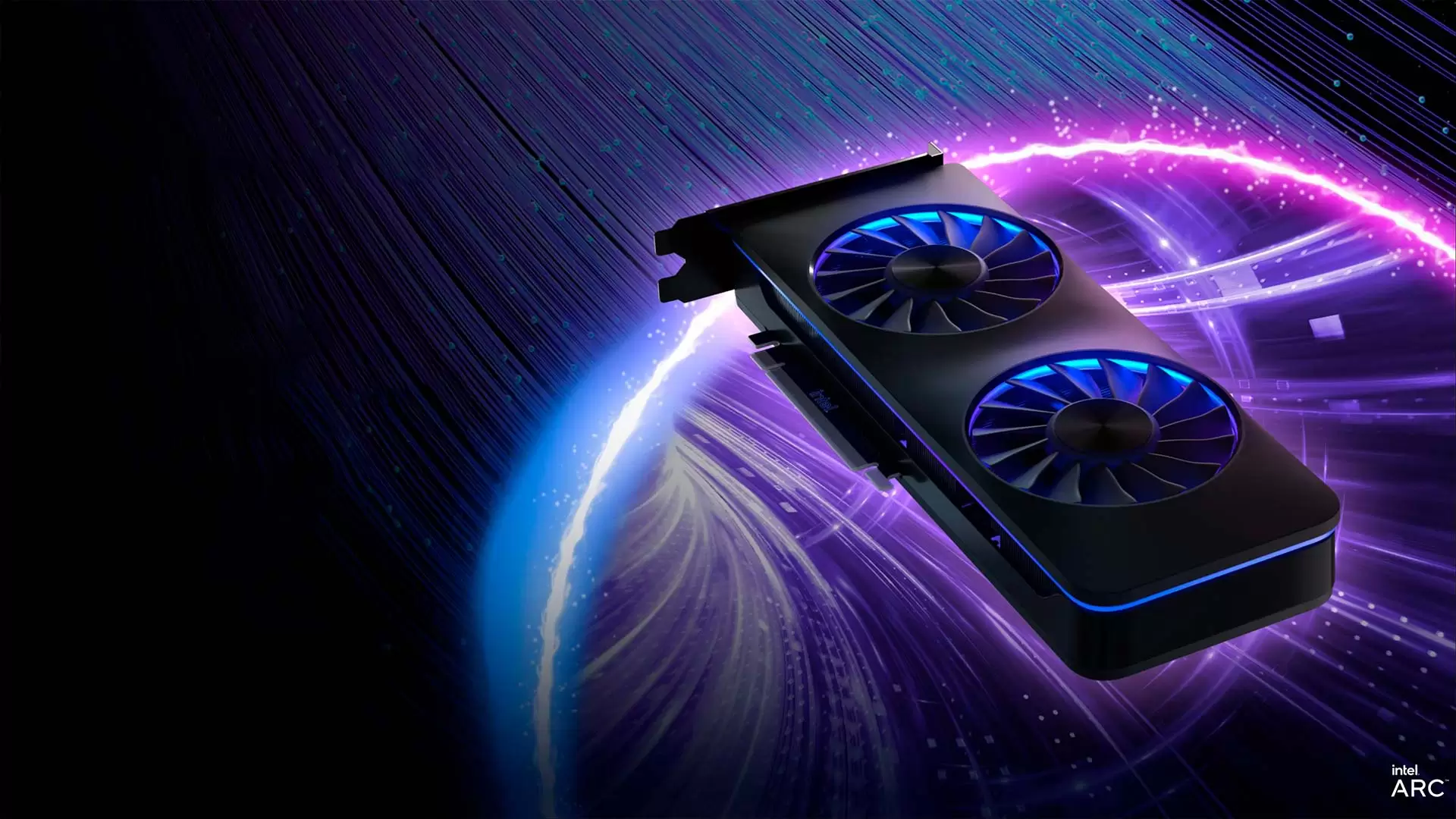The world of 3D modeling has seen tremendous progress in recent years, thanks to the development of new and more powerful graphics cards. Intel has entered this realm with its Intel Arc graphics innovation, which is designed primarily for gaming and content creation. However, it also includes a robust toolset for 3D modeling enthusiasts.
Intel Arc GPU Australia is a powerful and versatile option for 3D modeling. They offer support for ray tracing, high-resolution textures, and a variety of other features that can make 3D modeling more efficient and enjoyable. Whether you are an experienced 3D artist or a beginner, we will look into how to use Intel Arc to create stunning 3D models in this article.
Intel ARC
Intel GPU Arc deals with the creation of discrete GPUs created by Intel, fighting established players like NVIDIA and AMD. What makes these graphics one of a kind is their flexibility; they are reasonable for gaming as well as for requesting undertakings like 3D modeling and content creation.
Using Intel Arc, Get Everything Started
You will need the following before you can start your 3D modeling project with Intel Arc:
-
Hardware:
Guarantee your PC is furnished with an Intel Arc GPU Australia. Intel offers a range of Arc GPUs that take special care of various necessities, so choose one that suits your prerequisites and spending plan.
-
Software:
For 3D modeling, you’ll require committed software. Famous decisions incorporate Blender, Autodesk Maya, and Cinema 4D. These applications are viable with Intel graphics and Proposition, two great instruments for making 3D models.
Create 3D Models with Intel Arc
If you have the right hardware and software set up, let’s see the steps to creating 3D models with Intel Arc:
Step 1: Conceptualization
Before you begin 3D modeling, it’s essential to have an unmistakable idea of what you need to make. Sketch out your plan or gather reference pictures to guide you all through the modeling system.
Step 2: Modeling
Start by making a fundamental 3D cross-section of your item. Contingent upon your software of decision, this might include utilizing instruments like polygons, nubs, or splines to shape your model. This graphic card’s real-time rendering abilities will permit you to see quick criticism as you control your model.
Step 3: Sculpting (if necessary)
For natural shapes and characters, sculpting devices can be important. Use brushes to shape the better details of your model. The ray tracing feature can assist you with envisioning how light collaborates with your etched surfaces, making it simpler to accomplish realistic outcomes.
Step 4: Texturing and Materials
These GPUs’ AI acceleration can help with producing surfaces or working on existing ones. Try different things with various materials and lighting conditions to accomplish the ideal enhanced visualizations.
Step 5: Rigging and Animation (if needed)
Assuming that your 3D model is planned for movement, you’ll have to fix it. Fixing includes making a skeleton and characterizing how the model’s parts move. Intel’s real-time rendering will help you test and refine your liveliness as you go.
Step 6: Rendering
When your 3D model is finished, now is the ideal time to deliver your work of art. Intel Arc’s ray tracing capabilities will empower you to create superior-grade, photorealistic renders. Explore different avenues regarding different lighting arrangements and camera points to exhibit your model’s best elements.
Step 7: Post-Handling
In the wake of rendering, you can upgrade your pictures or movements further through post-handling. Use software like Adobe Photoshop or Eventual Outcomes to apply channels, change tones, and add enhancements.
Intel Arc and 3D Modeling
Intel Arc GPUs are appropriate for 3D modeling assignments because of their strong hardware capacities. Here are some ways to take advantage of your Intel Arc GPU while making 3D models:
- Real-time Rendering: This graphic implies you can see your 3D model show signs of life as you work on it, making the innovative flow more instinctive and proficient.
- Ray Tracing: Some GPUs support ray tracing, a rendering strategy that upgrades the realism of your 3D models by reenacting the way light behaves. This component is particularly important for architectural perception and item planning.
- AI Acceleration: Intel Arc GPUs likewise influence AI capacities, which can assist with robotizing certain parts of 3D modeling. This speeds up the modeling system and diminishes difficult work.
Choosing the Right 3D Modeling Software
Choosing the right 3D modeling software is critical, as it will be your essential apparatus for making 3D models. Here is a summary of a few well-known judgments:
- Blender: This open-source software is number one among fledglings and experts alike. It offers an extensive set-up of modeling, chiseling, and rendering instruments. Additionally, it’s free!
- Autodesk Maya: Broadly utilized in business, Maya is known for its hearty modeling and activity abilities. It’s ideally suited for character modeling and complex liveliness.
- Cinema 4D: This software is easy to understand and amazing for movement illustrations and 3D rendering. It’s an extraordinary decision for those new to 3D modeling.
Conclusion
Intel Arc has introduced another time for 3D modeling, giving specialists and makers the instruments they need to rejuvenate their dreams. With the right hardware, software, and innovative outlook, you can bridle the force of Intel Arc to create staggering 3D models that push the limits of realism and creativity. Whether you’re an expert 3D artist or a trying devotee, Intel Arc is your passage to a thrilling universe of boundless potential outcomes in 3D modeling.

